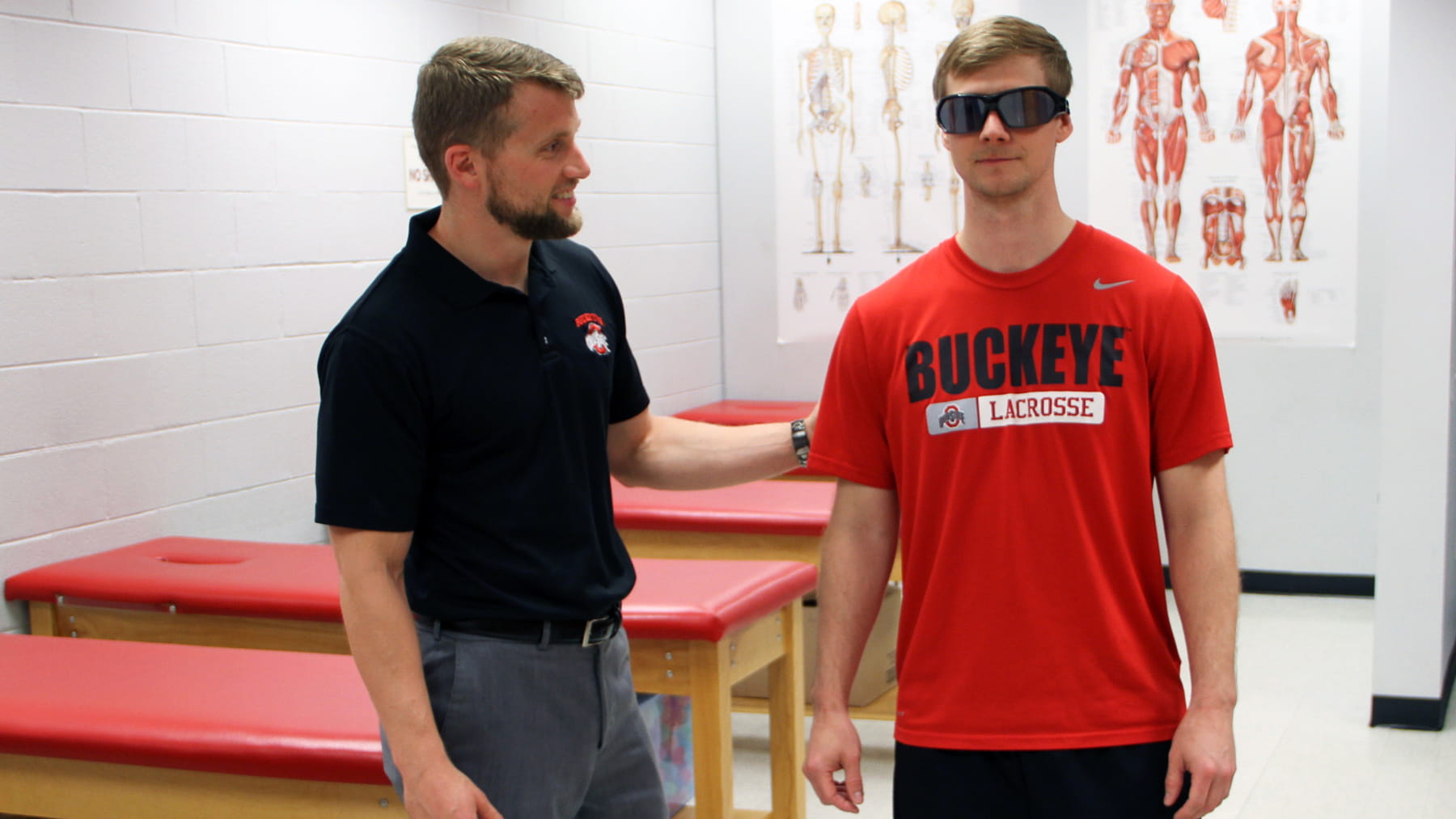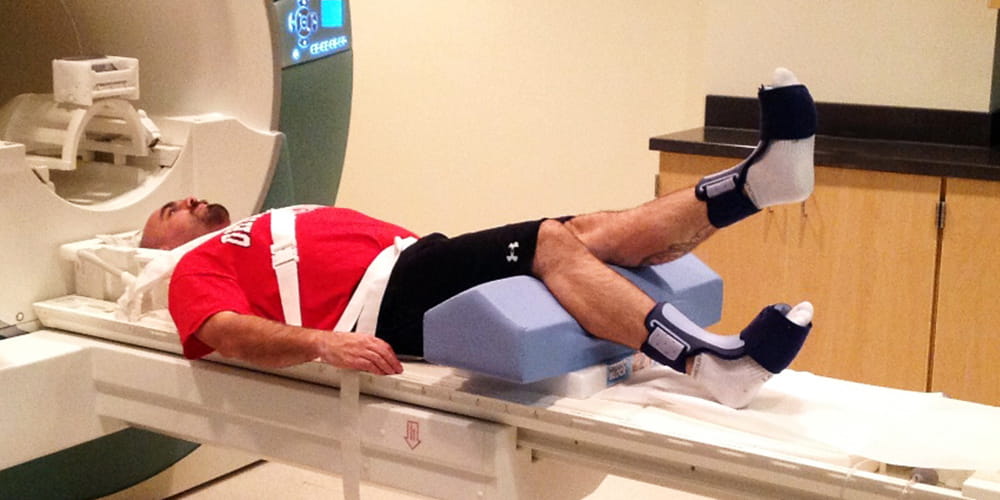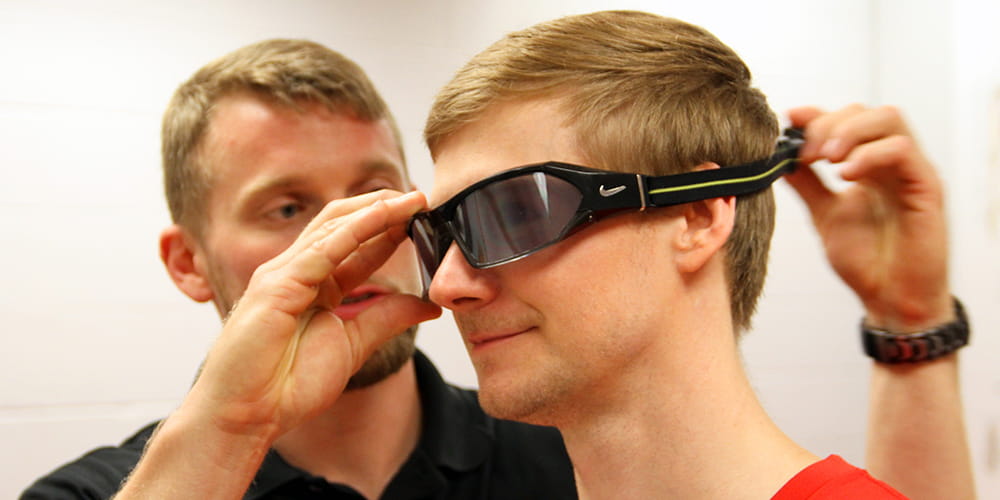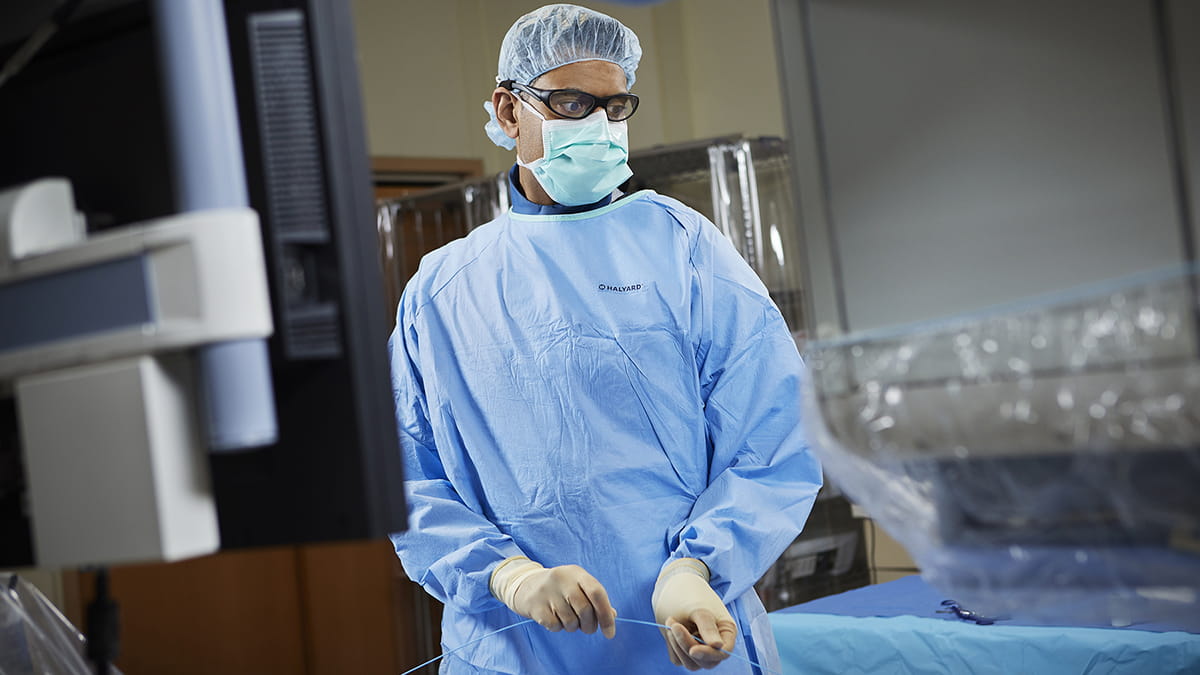New research: How a knee injury alters your brain
 Our medical researchers are finding out new information about how injuries to one part of the body affect other areas.
Our medical researchers are finding out new information about how injuries to one part of the body affect other areas.
The latest: When you injure your knee, it changes your brain.
By watching the brain activity of athletes who tore knee ligaments, Sports Medicine experts at The Ohio State University Wexner Medical Center learned that the brain controlled the joint differently after injury to the ACL, or anterior cruciate ligament.
Their observations show that people alter how they move, relying on visual cues instead of instincts, when they don't trust the strength of their previously hurt knees – which puts them at risk for additional injuries.
This is especially problematic for people who play complex sports, such as soccer, football, lacrosse and basketball, which require the brain to process a lot of information quickly. And did you know that women are four to six times more likely to tear an ACL?
When you've had a knee injury, your brain will seek workarounds to your pain or your uncertainty so you can do all the things you want to do: walk, have fun with your kids or play your sport, says athletic trainer Dustin Grooms, PhD, a lead researcher when a doctoral student at Ohio State.
"Your brain is very powerful, and it's going to find the easiest way to get those tasks done."
It turns out that the brain needs rehab for an ACL injury too.
Ohio State therapists are using technology in an interesting way to provide a solution: glasses with a strobe effect.
The same glasses are used by professional athletes to make their training more difficult because they can see the action only intermittently.
Jimmy Onate, PhD, co-director of the Movement Analysis and Performance program for Ohio State Wexner Medical Center, gives us a behind-the-scenes look at the ACL research, which he oversaw. It was published in the Journal of Orthopaedic and Sports Physical Therapy.
Here's how the study worked:
- Research participants lay in an MRI machine, and moved their knees to cues from the research staff.
- Researchers observed in real-time which parts of the brain people used for knee motion.
- What they saw made sense based on how they had noticed athletes using injured knees:
- Knee with ACL tear: People relied on visual processing regions of the brain and cues they could see in their environment when using the previously injured knees. Parts of the brain associated with movement of the leg lagged during recovery.
- Knee without ACL tear: In contrast, people with uninjured knees depended on their instincts when moving the joint.
- To help patients return to using their instinctive sensory system when moving their knees, therapists have them wear the strobe-effect glasses during rehab sessions.
- The glasses alternate between opaque and transparent, disrupting people's vision and forcing them to move more naturally.
"The idea is to use these glasses to visually distract these patients, so their brains will rewire back to their original state.
 "That will allow them to once again move their knee based on natural instinct instead of relying on visual cues," explains Grooms, a strength and conditioning specialist who is now an assistant professor at Ohio University.
"That will allow them to once again move their knee based on natural instinct instead of relying on visual cues," explains Grooms, a strength and conditioning specialist who is now an assistant professor at Ohio University.
This helps take therapy beyond the fundamentals of strengthening the joint and improving stability.





